My child my choice: Parents debate vaccine mandate in schools
The FDA has reached COVID-19 vaccine approval for children ages five to ten. Whether anxiously awaiting vaccinating their children or dreading what comes next, parents are preparing for a vaccine mandate in schools.
Governor Newsom has directed the California Department of Public Health to add the COVID-19 vaccine to the list of required vaccinations for all public and private school students, joining measles and chickenpox immunizations.
According to CDC director Dr. Rochelle Walensky, the Pfizer vaccine is 91 percent effective in children, similar to it’s known efficacy to prevent contracting and spreading COVID-19 among adults.
The FDA and CDC have approved Pfizer-BioNTech brand vaccines for children five and over.
The CDC recommends that parents get their children vaccinated as soon as possible to prevent children from getting sick, facing lasting affects of, and or spreading COVID-19.
Only around 58.4 percent of the United States population is vaccinated, which while is a significant amount, is not enough to drastically lower case numbers and provide protection for everyone.
These gaps in vaccinating the population have necessitated new mandates in workplaces across the country.
A California school mandate, if enacted by the CDPH, will not go into effect immediately, as the vaccine is now only currently approved for emergency use and would need to be fully approved by the FDA to be required.
Newsom expects that grades 7-12 will need to be fully vaccinated against COVID-19 to attend school after July 1, 2022.
Months away from this date, there is still a sense of urgency from parents in California, who hope school districts will do what they can to push back against this mandate before it is confirmed.
While California is the first state to offer a vaccine mandate in schools , five districts in California have already moved forward with the mandate, including the largest school district in the state, Los Angeles Unified School District.
Concerned parent Janel Forman has a 5th grader at Ridgeview Elementary and a 3rd grader at Oakhills Elementary, in the Eureka Union School District, which neighbors Granite Bay High School.
“I truly believe that natural antibodies are far superior than anything I could get from vaccinations,” Forman said. “I would much, much rather take my risk with the virus and obtain natural immunity, than I would a risk from an experimental jab, of which we don’t even still know the full list of ingredients.”
Forman is clear about not wanting to vaccinate herself or her children because of how the FDA conducted approval. Forman understands that not everyone shares this perspective.
“I think that people should be able to make a decision, freely on what’s best for their body and for their children,” Forman said.
The mandate, she maintains, takes away that choice.
In response, Forman, with her children, joined the thousands of California residents protesting at the state Capitol on Oct 18.
“I think it was encouraging, it was peaceful. There was a tremendous showing, there were a lot of children present,” Forman said.
Forman felt that the protests were successful but doesn’t expect much in return.
“There’s been tremendous efforts and tremendous showings in the past with regards to trying to change the government’s mind that have been incredibly unsuccessful. It was encouraging to see an incredible community cohesiveness…but I don’t have a tremendous amount of faith in the state government,” Forman said.
A part of the Oct. 18 protest included pulling students from school as an act of defiance and demonstration against local school districts.
These actions cost the school districts money, which, while was the goal of participating parents, was concerning for other teachers and parents in the district.
Kevin Calia, who has two sons at Ridgeview, voiced frustrations with how the mandate was dealt with by protestors.
“I think that it’s antisocial to deprive the district of funding that it needs, and I don’t know if everyone realizes that when they keep their children home from school, the district loses money,” Calia said. “But I think many of them do realize, and it’s part of the reason why they did the protest in this way.”
Each student that stays home from school, unexcused, loses their district approximately $85 each day.
“I mean, I would prefer that they choose some other way to protest that doesn’t cost taxpayers… wasted money,” Calia said.
Facebook groups and protest organizers encouraged parents to keep their children home and leave the absence unexcused.
Local businesses joined in, offering incentives for parents keeping their kids from school.
For instance, Folsom entertainment center, FLB365 advertised “kids bowl free” on Oct. 18 from opening until 3:30, the end of the school day.
Forman acknowledged that the districts would be negatively impacted.
“I don’t like that the bottom line, (the protest) affects the schools and ultimately translates to affecting the children from an economic standpoint, but I think that the staff, the administration…the people that are making a lot of these decisions need to be aware of the significance of the problem,” Forman said.
Losing attendance, she hopes, will make clear to the district how many parents share her view.
Ideally, Calia thinks a mandate shouldn’t be necessary, but from the unwillingness demonstrated by California residents to get vaccinated, it appears to be.
“There are lots of things that you’re not completely free to do, (when you) live in a society with other people because the key point is that your actions (and) your choices have consequences for not just yourself but for other people,” Calia said.
Polio vaccines are a prime example of how vaccine mandates have benefitted the population in the past.
“There were mandates, and they worked. We eradicated polio, so I think there could be community wide benefits, but I would be fine with no mandates, if we could figure out a way to convince people to make their responsible choice.”
Granite Bay High School junior, Kaylee Price, is prepared if a COVID-19 vaccine is required as during her senior year having gotten her vaccine already.
“I feel like it’s beneficial and it will help stop the spread of COVID… the benefits outweigh the cons of getting it,” Price said.
She explained that the decision required much deliberation and discussion from her family.
Despite being in agreement with the positive outcomes of getting vaccinated, Price hopes it won’t be required.
“I just feel like with having a vaccine mandate, it takes away people’s ability to choose and it takes away their freedom,” Price said.
Price shared her mom’s concern that not enough testing had been done on the vaccine and that it was too new when she was eligible to get vaccinated.
“In the end, she did feel like the benefits of it outweighed the negative effects. But again, for some people, that might not be the case,” Price said.
If someone chooses not to get vaccinated, Price still feels that there is a moral responsibility to be held, for instance, staying away from people when you feel sick and wearing a mask around vulnerable populations.
Parents who oppose the mandate have plans to pull their children from their current schools, while others may have to abandon current ideology to keep their children enrolled, as a mandate is enacted.
Now that students in elementary school can be vaccinated, both high school and younger students may face a new rule within the next year, that they get the COVID-19 immunization.
However soon this policy is enacted will be determined by the California government and the effectiveness of parent protests.

Elise is a senior and Co-editor-in-chief. This is her third year on the Gazette staff.



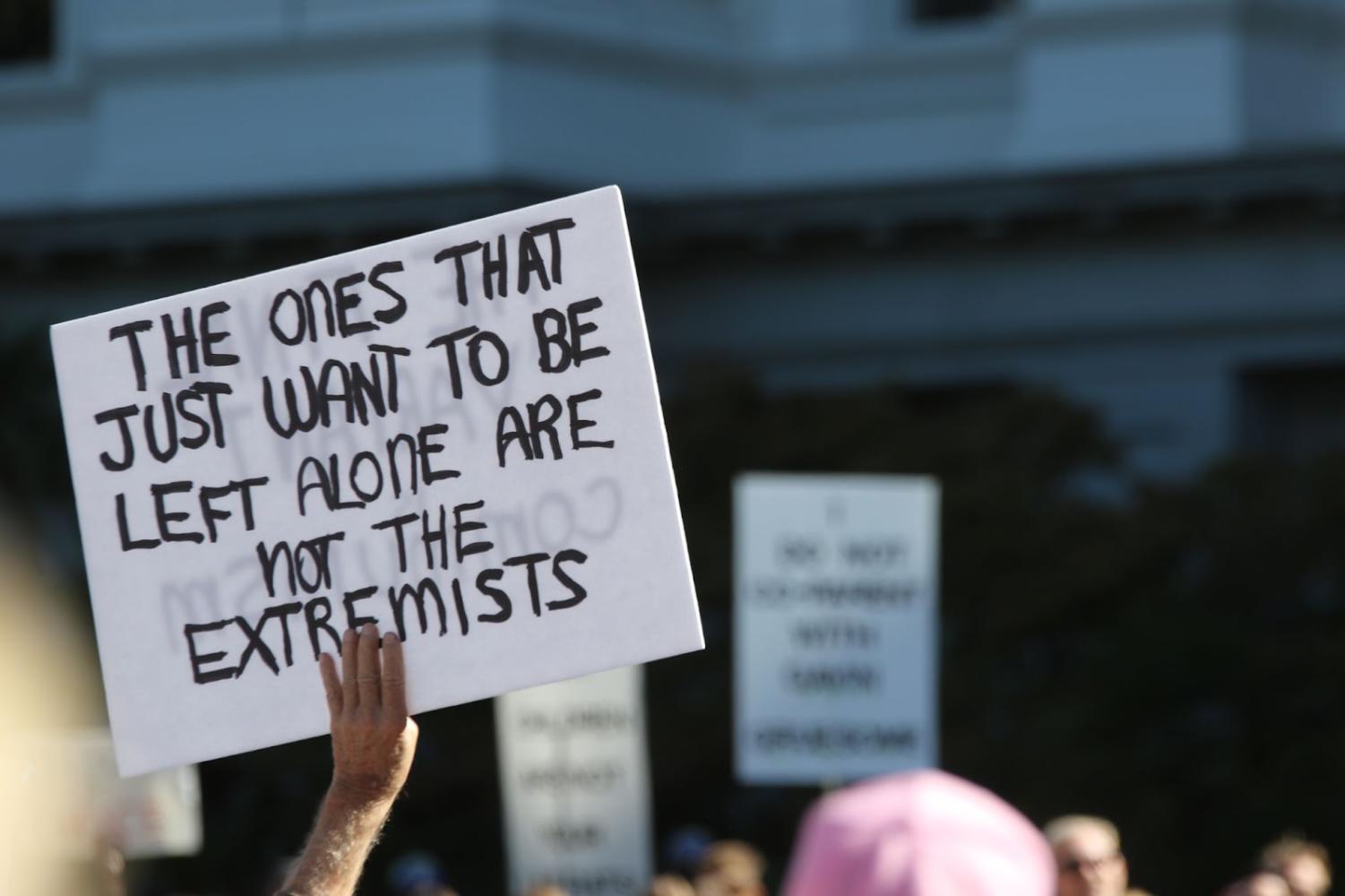
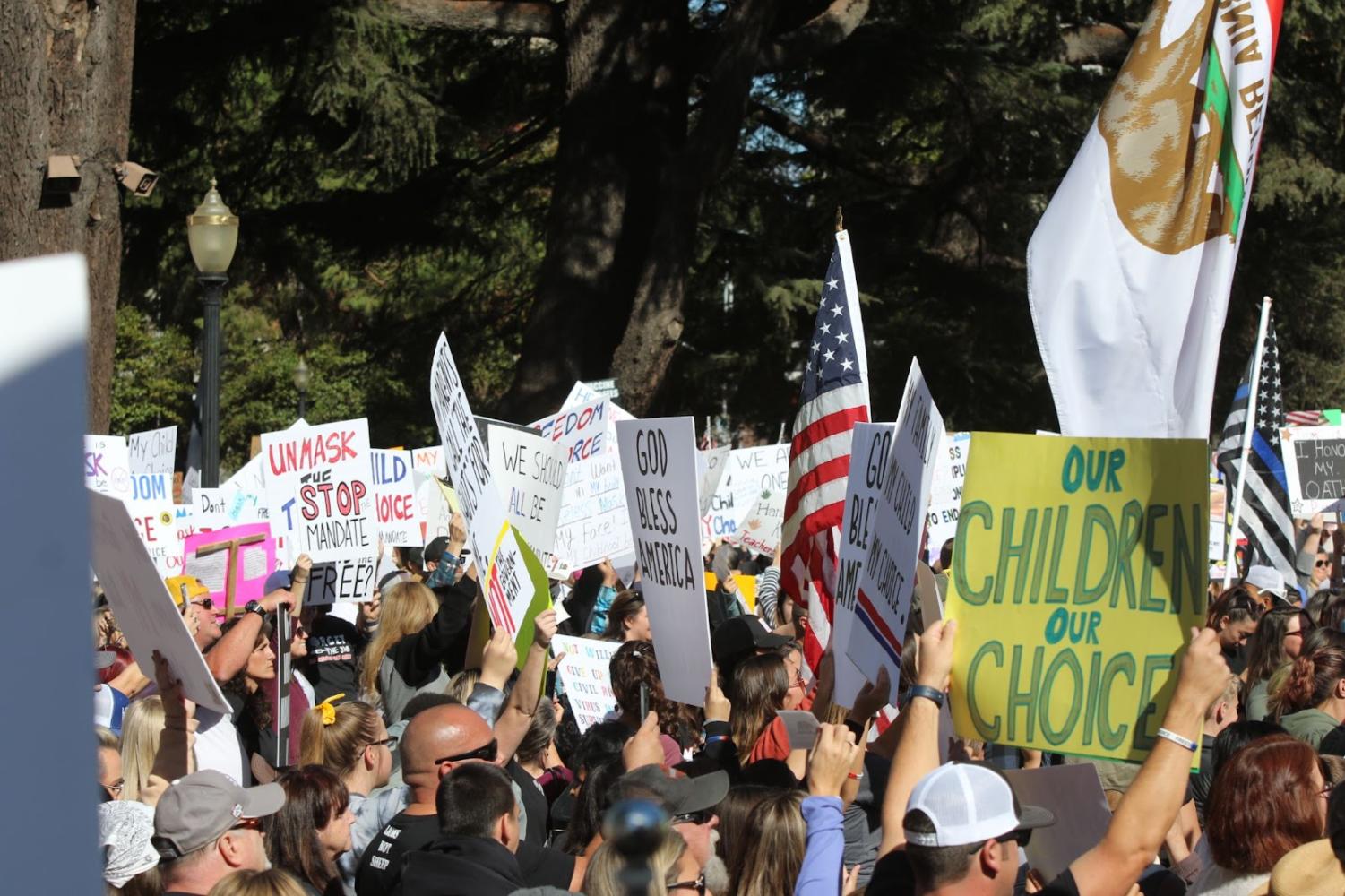
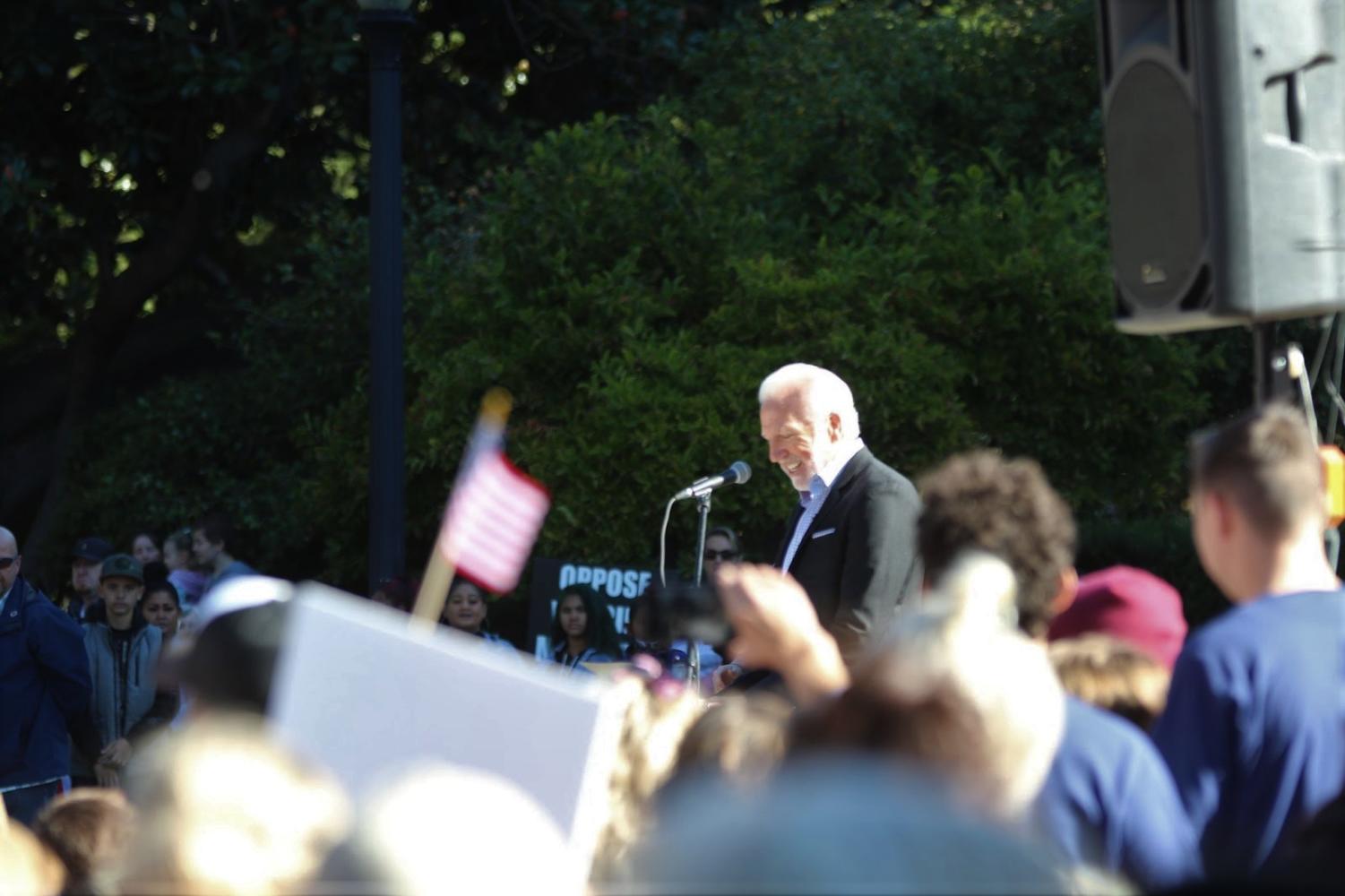
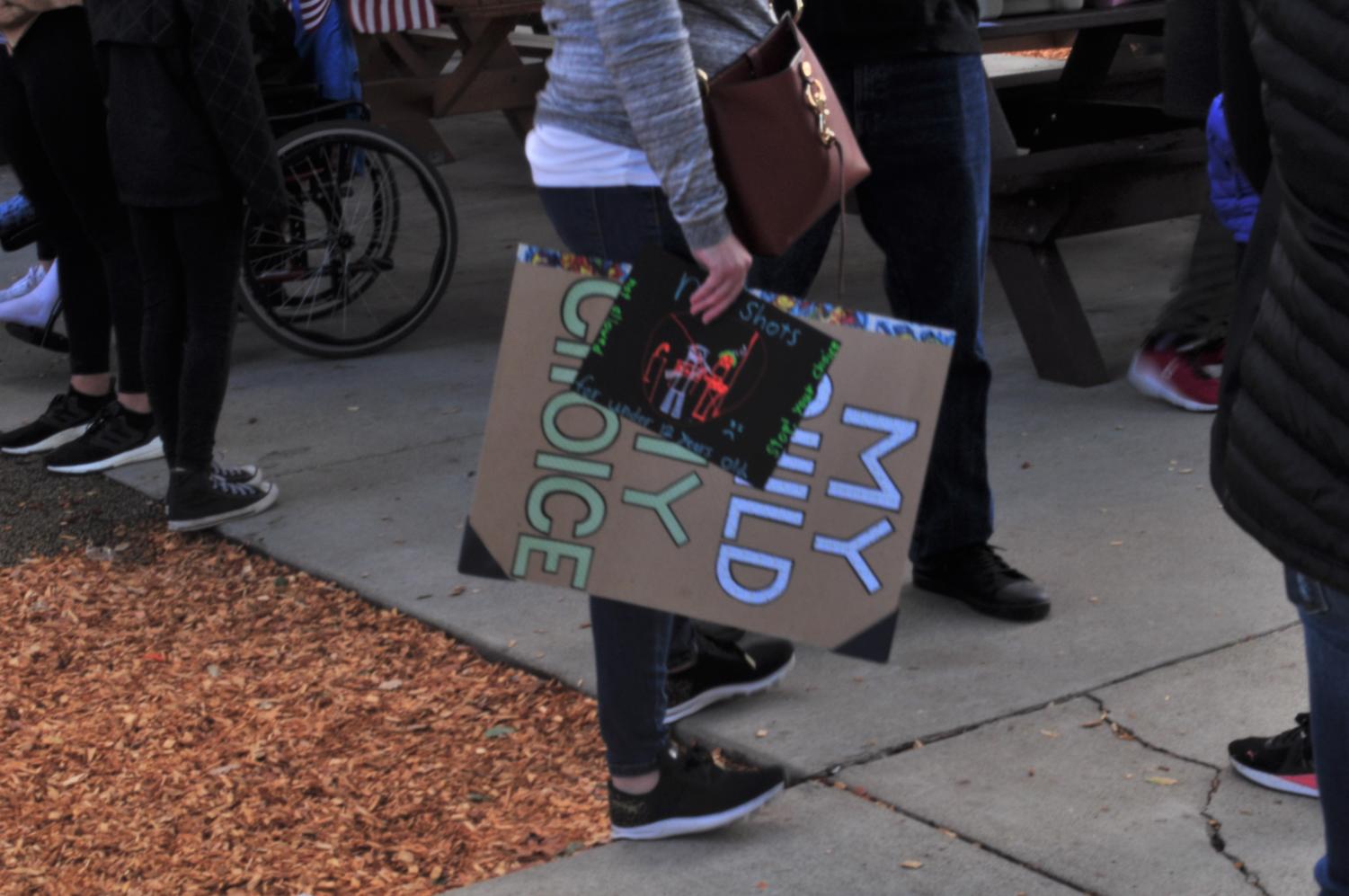

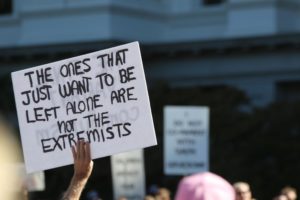
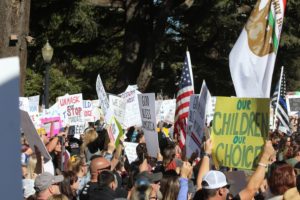
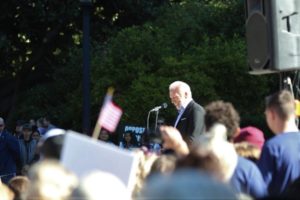
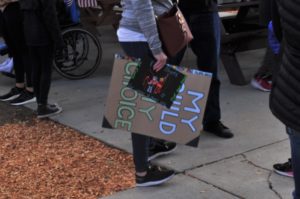
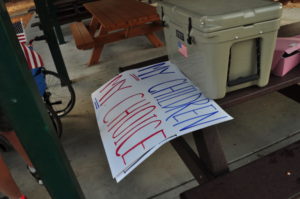
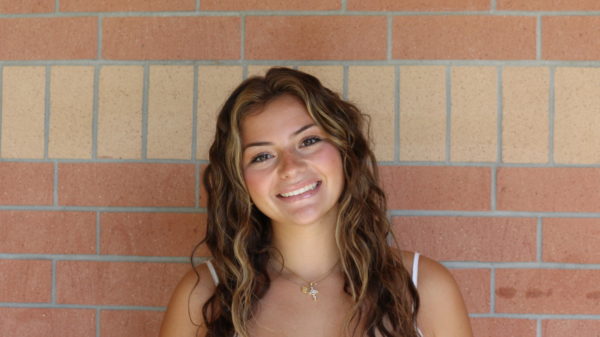

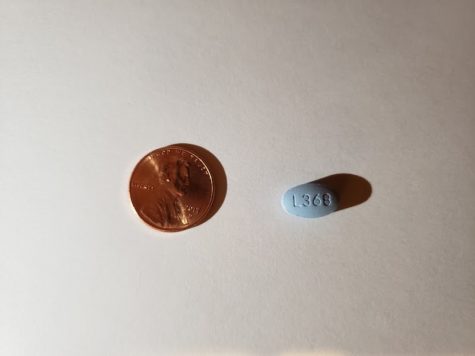
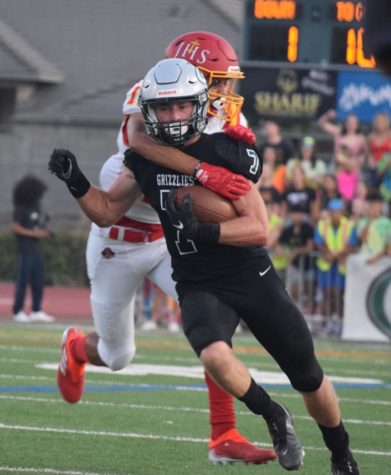
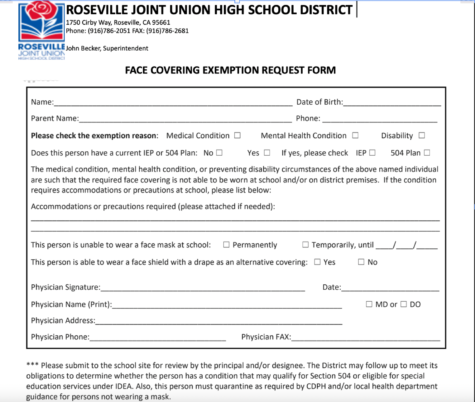
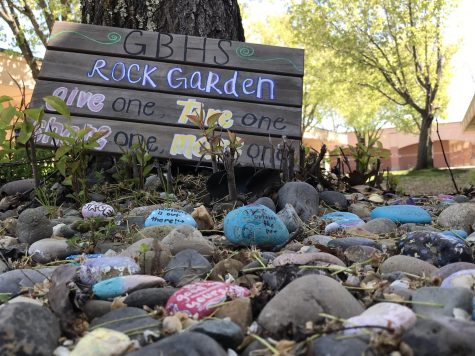
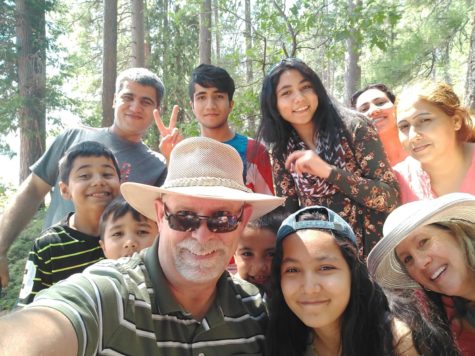

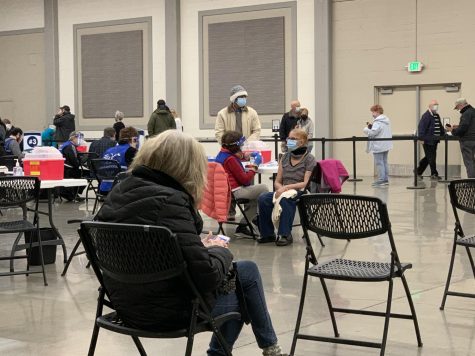

Daniel Falk • Nov 12, 2021 at 5:59 pm
People should be able to make their own decisions. The government is trying to make it so that if you’re unvaccinated, you can’t go to places, get a job (businesses with more than 100 employees may be subject to a vaccine mandate), or participate in society. I am aware of the argument of already mandated vaccines like polio, measles, and chickenpox; however, this is the first vaccine that is required just to go to a store or get a job. I am not anti-vax, I am anti-mandate because mandates remove one’s ability to choose freely. For most ages, COVID-19 is a non-issue and is easily survivable. As of October 16th, 2021, only 94 children ages 5-11 have died of COVID-19, out of the 1.9 million children ages 5-11 that have gotten it. This is roughly a 0.00495% death rate. As always, you should ask your doctor and determine the risk factor for yourself. (https://www.cdc.gov/vaccines/acip/meetings/downloads/slides-2021-11-2-3/03-COVID-Jefferson-508.pdf)